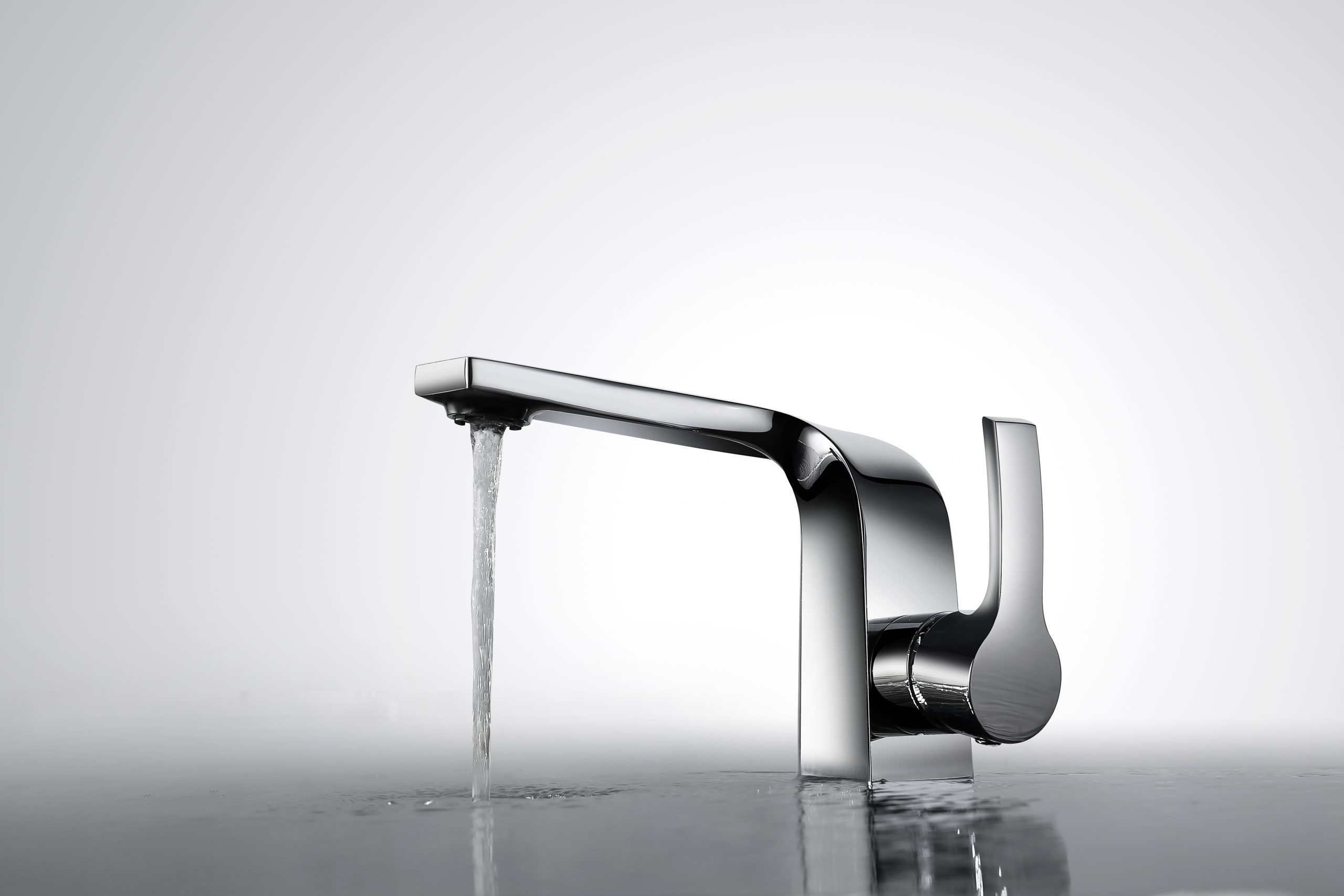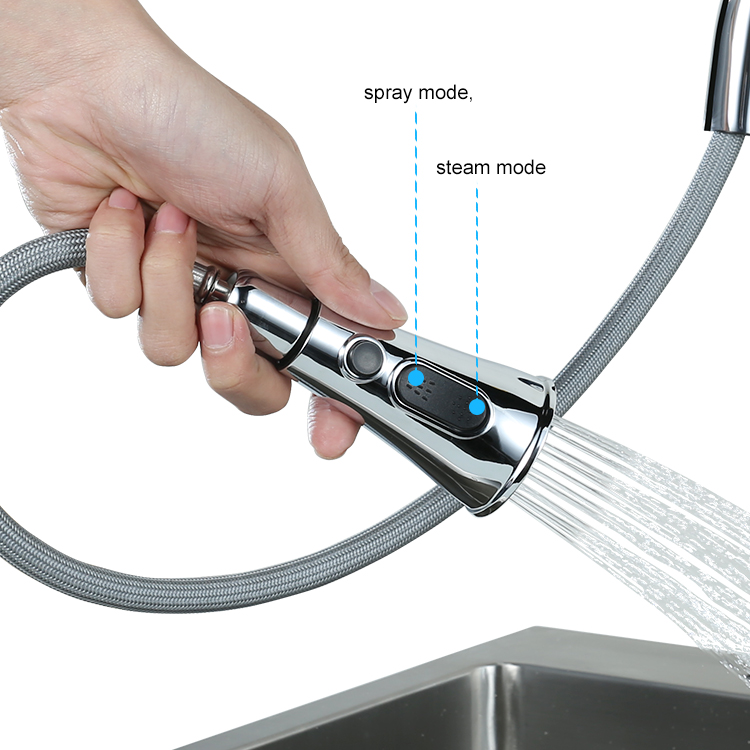One of the most common problem about water for homeowners is the low water pressure in kitchen faucets, bathroom faucets and showers and other outlets. To resolve this issue, identify the cause. Many problems, especially in the kitchen, are easy to solve and may not require plumber service. But if you’re looking for a kitchen, upgrade, you’re interested in the best kitchen faucet articles.
Is it a general problem?
The first step in solving the problem of low water pressure in kitchen faucets is to figure out the magnitude of the problem. If there is a problem with other outlets in the house, the low water pressure will not be localized more than in the kitchen. Water pressure indicates the force with which water moves through the plumbing system. Water demand may change during the day.
If the water pressure in the whole house is low, you have to make sure that you are in a neighbor-like situation. If so, it’s probably a problem with the supply of time. In this case, if the problem cannot be resolved, you will need to install a water supply to spend cash and increase the pressure on the outlet. If the neighbor is happy with the water pressure, the problem lies elsewhere.
Know where to look when your home is the only place in trouble.
If you’ve recently started remodeling and added a water outlet to your home, the pressure may have gone down as demand increased. In this case, it may be necessary to increase the size of the main water pipe.
Many homes have a pressure reducing valve that controls the pressure of the tap water in the home. Find yours. It is in the shape of a bell and is usually at the waterline where it will enter the house.
Adjust the settings. To increase the water pressure, loosen the screw on the top of the valve by turning it counterclockwise. Reflow the water and check the pressure. At times, these valves can wear out and affect the water pressure of some or all of the faucets in the house. If you suspect that this is the case, replace it directly or contact the plumbing.
If a water pipe leaks, the water pressure may drop. To check for leaks in the system, turn off the main water valve. Check the value on the water meter. Please go back a few hours and check the meter again. If the number goes up, it means that there is a pipe leak.
To repair when water pressure issue only affect kitchen
If you found out that the water pressure problem is only related to the kitchen faucet, there is a solution right in front of you. Check the water valve before it’s too technical. These are generally under the kitchen sink. There are two, one for hot water and one for cold water. Make sure both are fully open. If not, this may be the cause of the problem.
How to check the aerator in faucet?
The aerator is installed at the end of the faucet output and acts as a restrictor to reduce the flow of water by adding air. It has many small holes, which may become clogged with mineral deposits and sediments over time. This is the most likely cause of the water pressure problem and the easiest to solve.
1,Remove the aerator from the faucet. Try unscrewing it by hand. This can be surprisingly difficult. You may need to resort to a pair of pliers. Place plastic tape on the gripping surfaces so that they don’t scratch the metal, or alternatively use a cloth to protect the metal.
2,If you cannot remove the aerator, you may need to try to remove all obstacles while the aerator is still in place. Pour the vinegar into a plastic bag and tie it to the end of the tap for several hours. This should help dissolve some of the debris that is causing the problem.
3,If you remove the aerator, you can put it in a dish of vinegar and warm water for several hours. If it is still clogged after this, you can try using a commercial lime remover to clean it. If this is not possible, you can replace the aerator. They are not very expensive.
4,When the aerator is closed, turn on the faucet to determine if the cause of the problem has been found. If the pressure is still very low after removing the aerator, the problem must lie under the channel, and you may need to call a plumber for service.
5,After cleaning the aerator, rinse it and tighten it again. Check the water pressure. If you have removed the mineral deposits and deposits in the aerator, you must restore the water pressure.
6,Use a water faucet adapter to change the aerator to new fixture.
If your faucet has sprayer, check it too
Similarly, if your faucet is a commercial kitchen faucet with a removable sprayer, this can also cause water pressure problems. Check the hose nozzle remover. Turn on the water. If the pressure is sufficient, then the nozzle is the problem, and there may be mineral build-up. Clean the filter with vinegar and a warm water solution.
Something may be blocked
If neither the faucet cartridge nor the aerator causes low pressure, the faucet line may be blocked. Over time, your pipes can become clogged, especially in hard water areas. Mineral deposits pile up in pipes. The build-up will slowly choke the water supply. Galvanized pipes especially tend to accumulate debris and sediment over time.
To check the pipeline, you need to open an access point to the pipeline. Unscrew the riser tube and set the tube back to avoid damaging it. Place a bucket under the pipe so that no water splashes and turn on the water. Now you can check the water pressure in the pipe.
 VIGA పీపాలో నుంచి నీళ్లు బయిటికి రావడమునకు వేసివుండే చిన్న గొట్టము తయారీదారు
VIGA పీపాలో నుంచి నీళ్లు బయిటికి రావడమునకు వేసివుండే చిన్న గొట్టము తయారీదారు 

